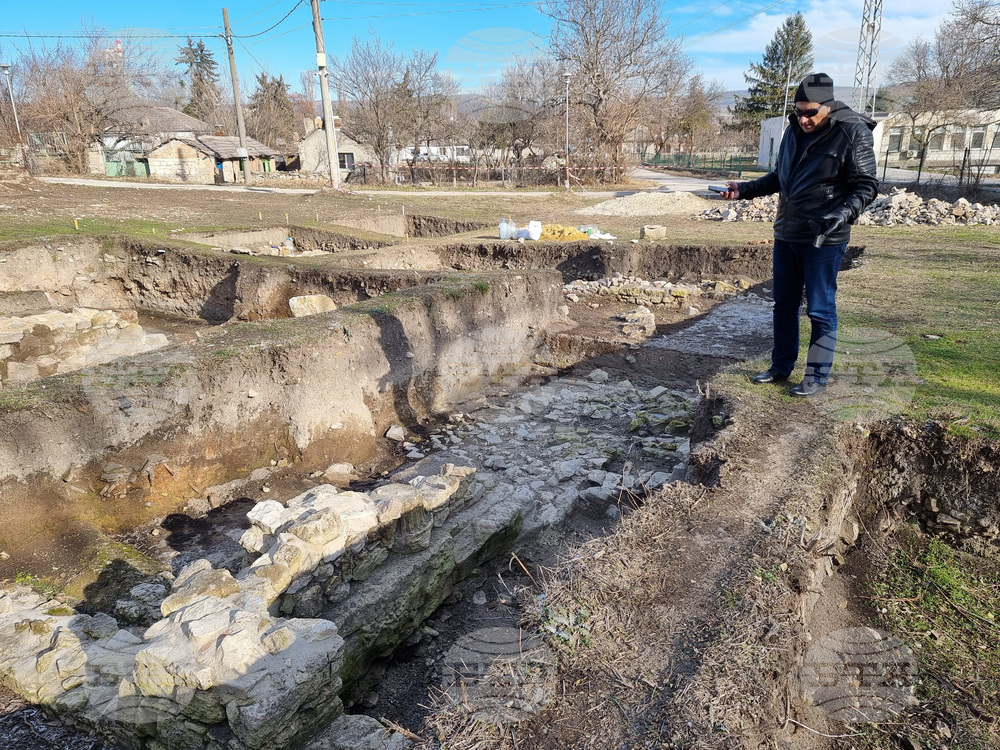site.bta800 Artefacts and New Floor Mosaics Found near Devnya in Last Archaeological Season


During their work last summer, archaeologists discovered nearly 800 artifacts in the archaeological reserve of Marcianopolis near Devnya, the director of the Museum of Mosaics, Ivan Sutev, told BTA. Excavations at the site continue.
Among the new
/MY/
Additional
news.modal.image.header
news.modal.image.text
news.modal.download.header
news.modal.download.text
news.modal.header
news.modal.text













